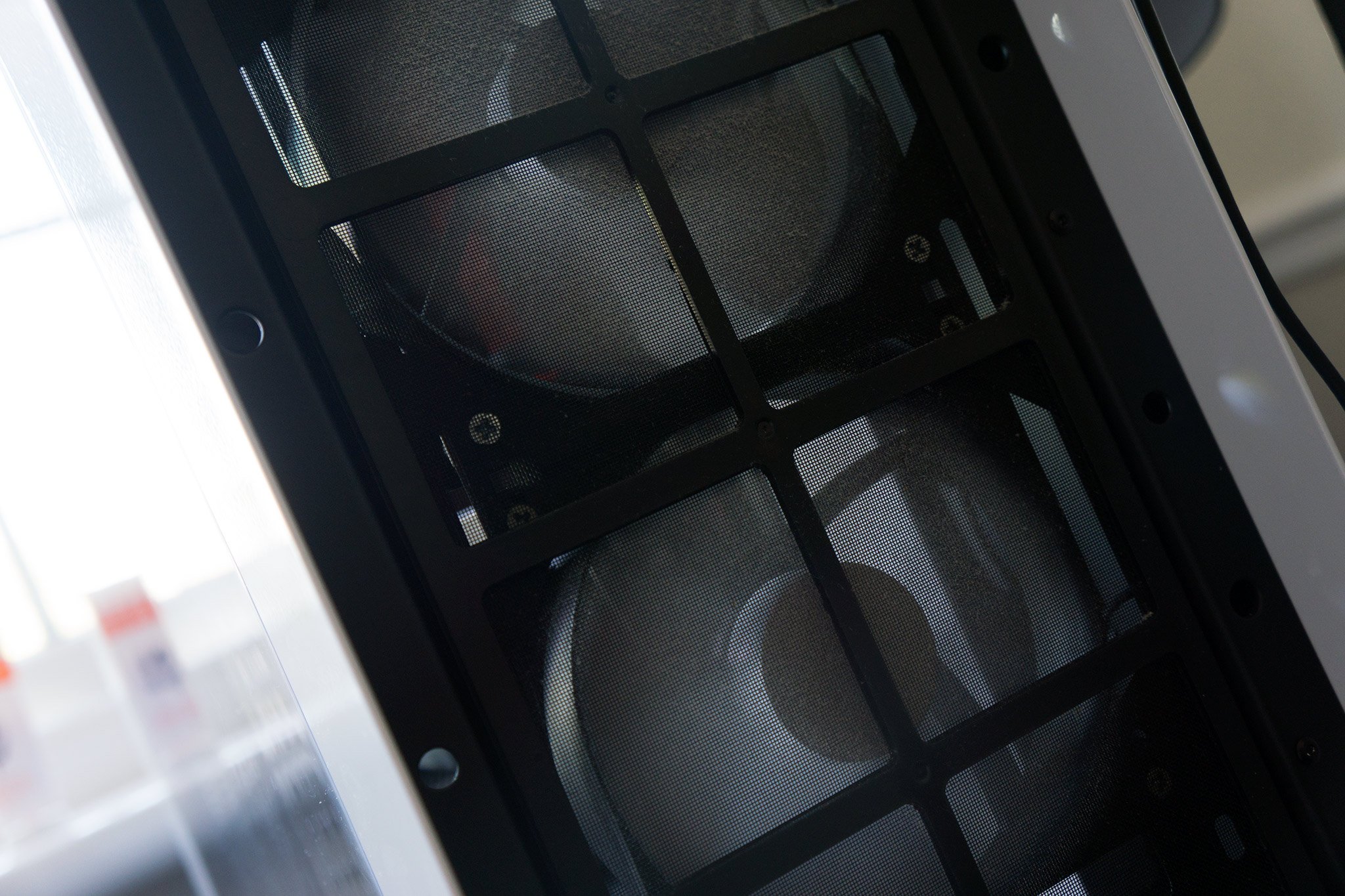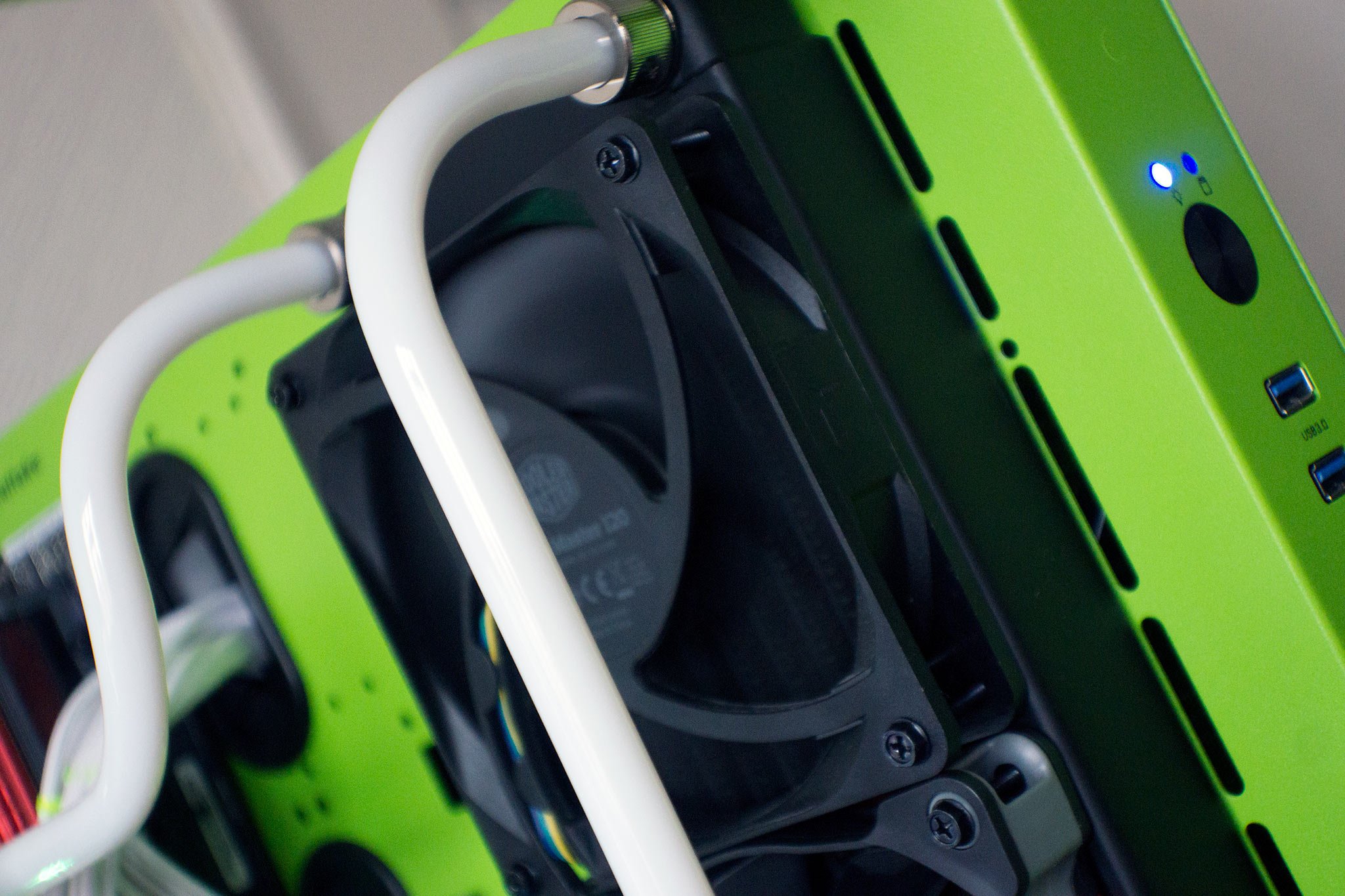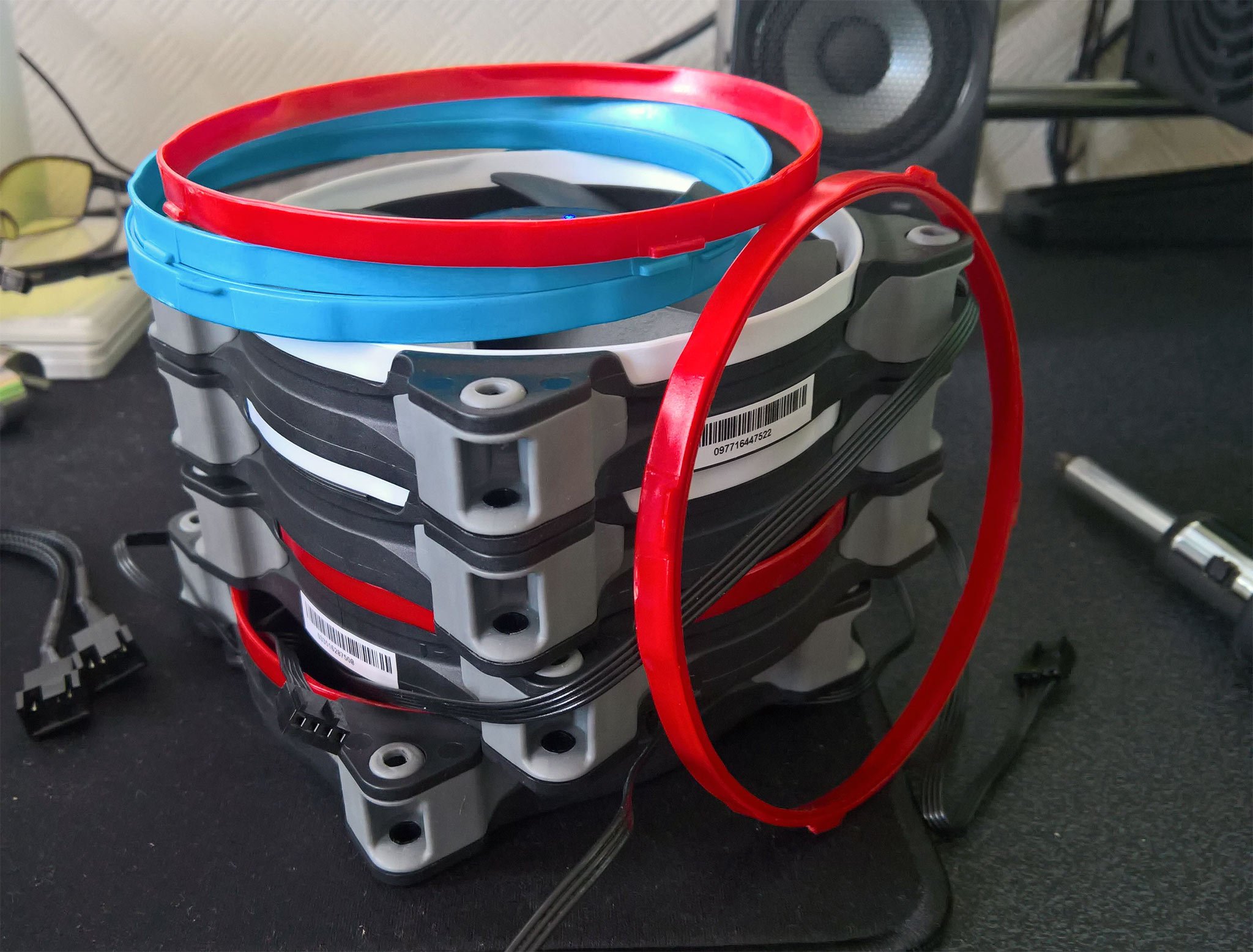Static pressure vs. high airflow: Choosing the right fans for your PC
Should you install static pressure or high airflow fans?

Did you know there are two types of fans available to PC builders? High airflow fans simply push as much air as possible, while static pressure fans are specifically designed to tackle installations with heightened impedance and resistance. Radiators and case meshes are becoming more common in PC builds, which is where static pressure fans have been marketed towards. There are a few differences between the two so here's what you need to know when looking at fans for your PC.
Static pressure vs. high airflow

Let's begin with airflow fans, which are your traditional big-blade fans that throw air around your PC. When not facing much resistance, everything works just fine, and these are excellent options for exhaust vents or cases that do not come with dust filters and meshes. However, once you add impedance to the formula, the airflow will start to be restricted, due to the amount of resistance the fan needs to contend with. If you put your hand behind the fan but leave your fingers ajar slightly, you'll start to impede airflow.
It's not much but when you're wanting to get the most out of your PC, it's wise to choose the best fan for the job.
Static pressure fans are designed to combat this with a different fin design. This makes them better than high airflow counterparts at moving air through radiators, case meshes, and dust filters. These fans are actually measured by how effectively they can tackle resistances, with high static pressure fans being more suitable to thick radiators than low static pressure fans.
But how much of a difference can be seen in system temperatures, and should you swap out fans if you're using airflow models on radiators?
Does the type of fan really matter?

It's all good using specific fans for moving air through open areas or tight spaces, but does it really make a difference? I decided to run a small non-scientific experiment to see if there's really any difference between using airflow or static pressure fans on a radiator. Using two different Corsair fan types from the same family (SP120 and AF120), as well as a 40 mm thick XSPC radiator, I fired up a CPU stress test since the radiator is hooked up to the CPU water-cooled loop. Results are static pressure fans (both at 50 percent) keeping the CPU cooled by a further 3 degrees Celcius — nothing major.
I would say, if you're looking to put together a new system and are looking at new fans, I would go for airflow for open mounts and static pressure for radiators, meshes and other areas with high resistances. If you already own airflow or static pressure fans and wish to use them and save a few pennies, just use the ones you already have. Throw the static pressure fans onto the case exhaust mount or airflow fans onto the radiator — you won't notice much of a difference in terms of temperature.
All the latest news, reviews, and guides for Windows and Xbox diehards.

Rich Edmonds was formerly a Senior Editor of PC hardware at Windows Central, covering everything related to PC components and NAS. He's been involved in technology for more than a decade and knows a thing or two about the magic inside a PC chassis. You can follow him on Twitter at @RichEdmonds.
